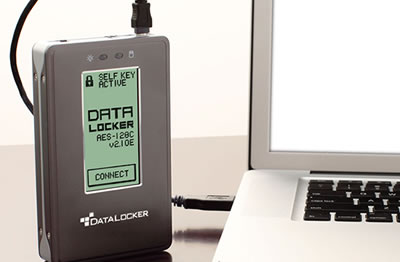Enterprise Hard Drive Data Recovery

Enterprise class hard drives (FC, SAS, SCSI and Nearline SATA) are normally utilized in RAID based systems. So the recovery of data from those drives is just one of the many steps in the RAID recovery process. Because enterprise class hard drives are different in design from desktop class hard drives, they require different skill sets, technologies and even equipment to be employed in the data recovery process.
Enterprise class hard drives (sometimes called "RAID CLASS") are typically required to be in constant, round-the-clock operation. So, they must deliver the highest possible performance without sacrificing reliability, and they must also be able to function in demanding environments.
Both desktop and laptop hard drives have internal error recovery algorithms that can take upwards of a minute to recover and re-map data that the drive cannot easily read. Many RAID controllers (depending on the controller) will drop a non-responsive drive in approximately 10 or so seconds. This can cause the array to drop a good drive because it has not had enough time to complete its internal error recovery procedure. When this happens, it can leave the rest of the array vulnerable. To prevent this problem, many enterprise class hard drives will typically limit this error recovery time to approximately 7-8 seconds. After that period, if the drive has not recovered from the error it will issue an error message to the RAID card and defer the error recovery until a later time. This will let the RAID card decide on how to handle the recovery issue. The special tools designed for data recovery can essentially “force” those drives to continue the read attempt so that the data can be extracted.
Enterprise class drives also implement some form of "end-to-end" error detection in their design as well. Because of this, data that is transmitted from one end of the drive to the other within this system would be accompanied by some type of parity or checksum at every stage. This will allow for data transmission errors to be detected and, in some cases, corrected or retransmitted. Desktop systems also have some form of error detection in their subsystems, but they do not usually provide this degree of end-to-end data protection. They would not incorporate things like Error Correction Code (ECC) in system memory or drive memory buffers. Enterprise class drives will use error detection at every stage of data transmission within the system. Because of this, if a drive fails to read the data with this robust “built in” error correction technology it usually indicates a failure of the head rack assembly.
No matter the cause of data loss, accidental, mechanical, or environment related damages, our team at Ni-Ki Data Recovery Services have the capability and skills to make things right.
Our Services
- Desktop Hard Drive Recovery
- External (Portable) Hard Drive Recovery
- USB Data Recovery
- Damaged CDs / DVDs Recovery
- Deleted File Recovery
- Music Files Recovery
- Forensic Data Recovery



















